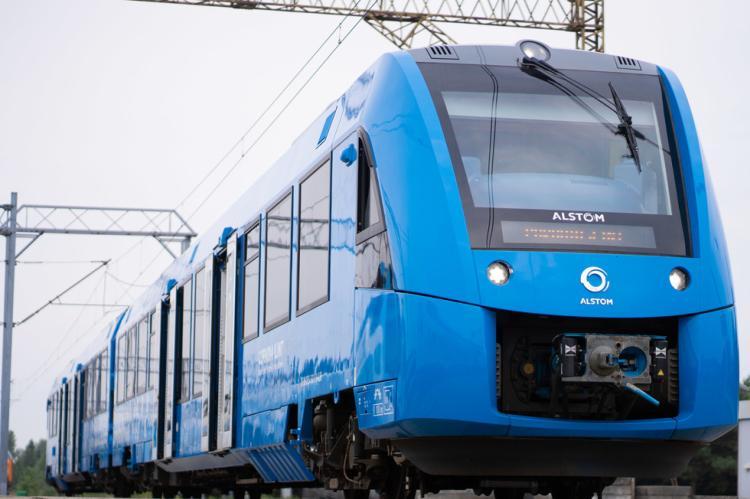Germany Launches World's First Fleet Of Hydrogen Powered Passenger Trains

Auguring what could over time be a major salvo against global Climate Change, German officials launched what they say is the world's first fleet of hydrogen-powered passenger trains this past Wednesday, replacing 15 diesel trains that previously operated on non-electrified tracks in the state of Lower Saxony.
The 14 trains use hydrogen fuel cells to generate electricity that powers the engines. The German government has backed expanding the use of hydrogen as a clean alternative to fossil fuels. Germany has labeled this eve a “world premiere” and a significant step forward for green train transport despite nagging supply challenges.
The trains manufactured by French company Alstom are operated by regional rail company LNVG on routes between the northern towns of Cuxhaven, Bremerhaven, Bremervoerde and Buxtehude.
Alstom says the Coradia iLint trains have a range of up to 1,000 kilometers (621 miles) and a maximum speed of 140 kph (87 mph). By using hydrogen produced with renewable energy the trains will save 1.6 million liters (more than 422,000 gallons) of diesel fuel a year.
Billed as a “zero emission” mode of transport, the trains mix hydrogen on board with oxygen present in the ambient air, thanks to a fuel cell installed in the roof. This produces the electricity needed to pull the train.
Regional rail operator LNVG said the fleet, which cost 93 million euros ($93m), would prevent 4,400 tonnes of CO2 being released into the atmosphere.

